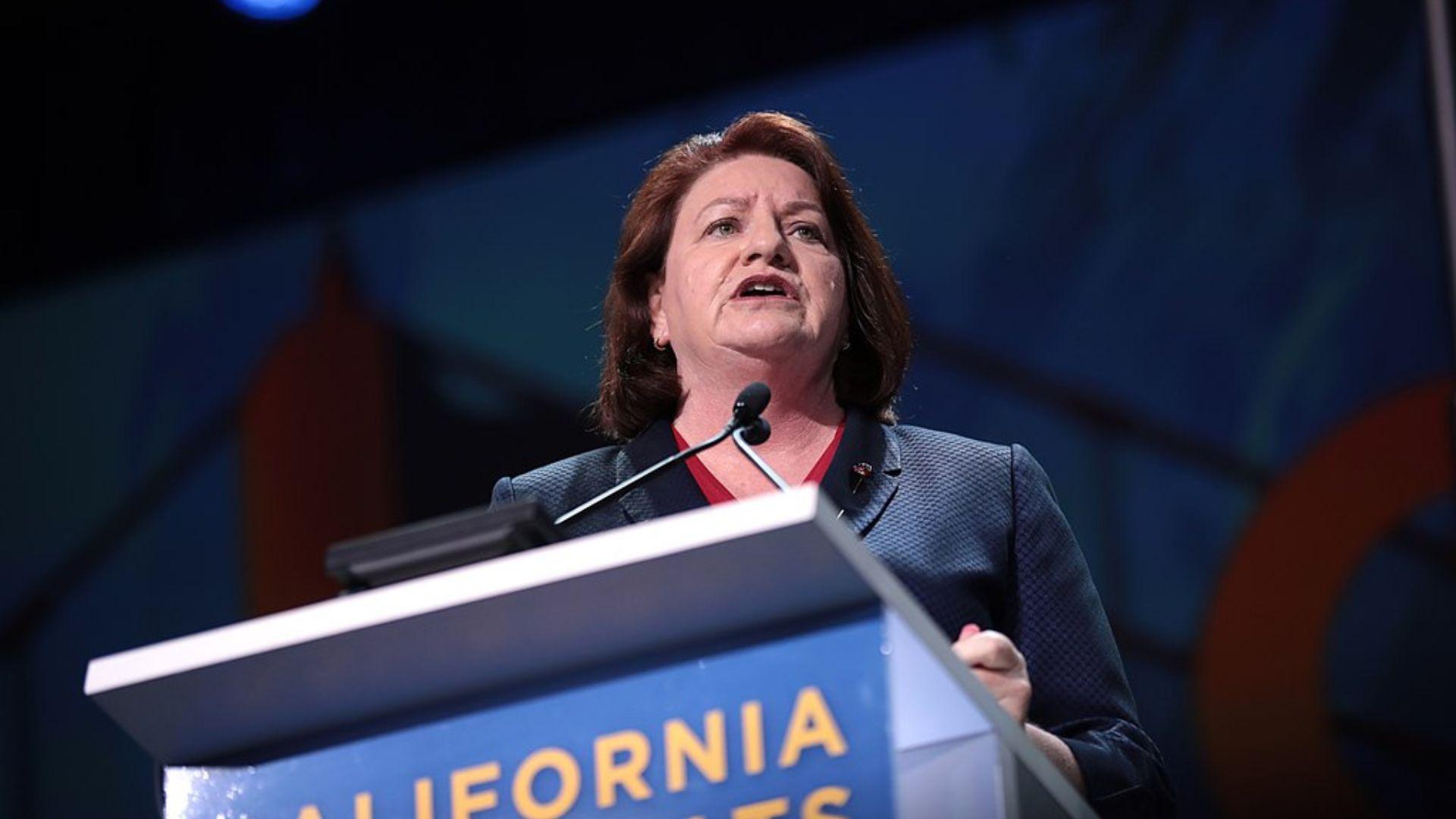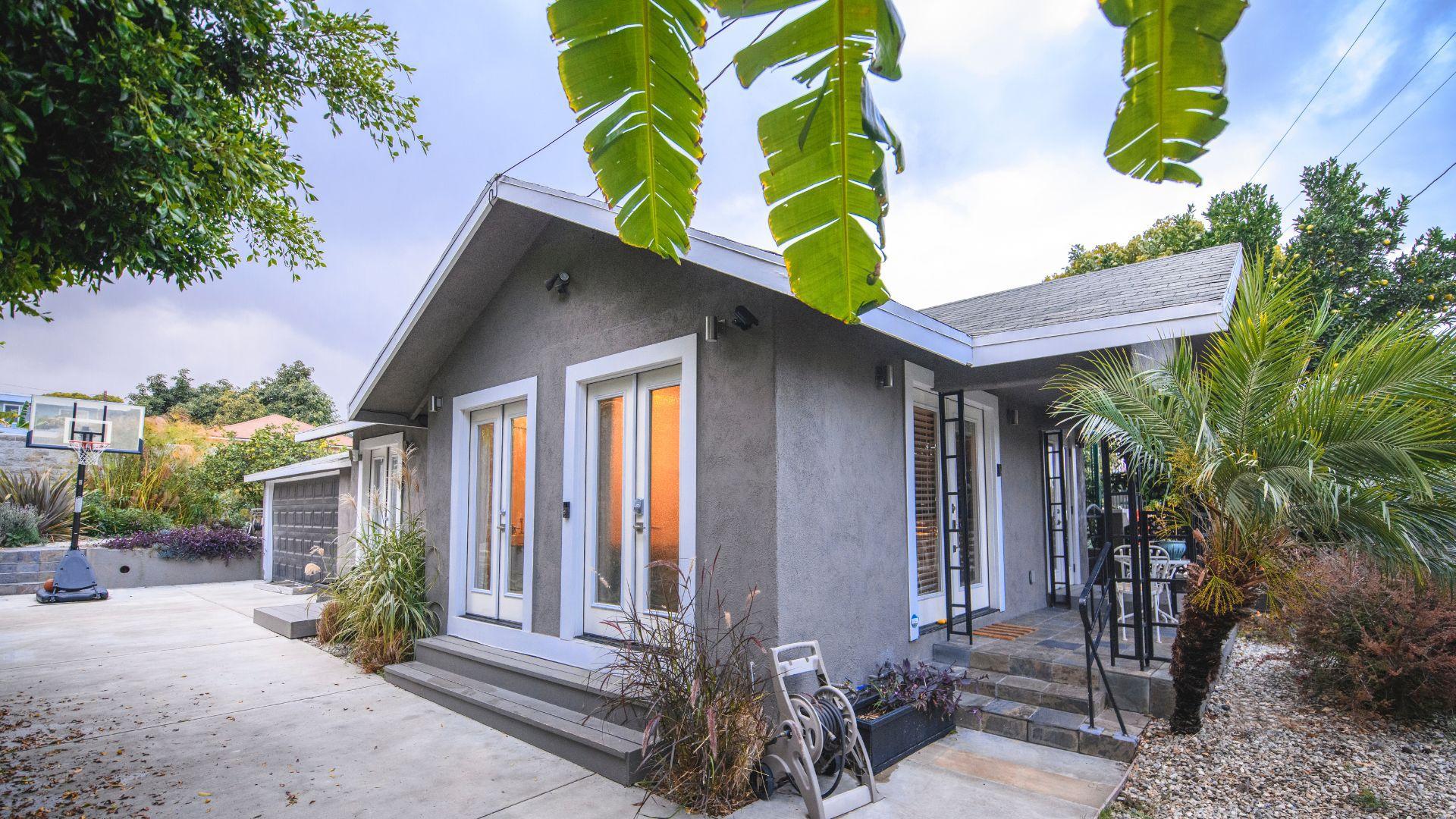A new homeowner assistance program has launched in California in an attempt to level the playing field in a fierce market.
California home buyers will now have an opportunity to share sale profits in a new assistance plan launched in one of the most expensive states in the U.S.
New Assistance Program Helps With a Down Payment

The new program will offer a 20% downpayment for new home buyers through the California Housing Finance Agency.
Initially started in 2022, the program experienced a few setbacks. However, Senator Toni G. Atkins has brought back the program and is excited to offer it to state residents.
The Loan Comes With a Catch

The money given by the state of California can be used as either a downpayment on a home or for expensive closing costs on the home.
Although there are other state housing finance assistance programs that give out grants, this program is not giving out cash as a gift.
Specific Rules for Those Who Use the Program

Anyone looking to use the California Dream For All Shared Application Loan Program should be aware of the specific rules associated with it.
The program offers an upfront loan with the idea that when the homeowner sells the property, they will share a portion of the profits with the state of California.
Similar Programs Failed in Other Areas

In Canada, a similar program was launched in 2019 to help new homeowners with a downpayment in exchange for a portion of the proceeds when the sale occurs.
However, due to over-inflated real estate markets in Ontario and British Columbia, home owners began recording losses on sales. With these types of programs, homeowners only repay the loan when the home sells at a profit, not a loss. The program was scrapped this year and applications ended in March.
Large Amounts of Cash for Homeowners

The loan program only applies to first time home buyers in an attempt to get younger people to finally join the real estate market.
Under the Dream for All act, buyers can apply for a loan of up to 20% of the purchase price of the home and will receive up to $150,000.
Strategic Reasons for the Program

The loan acts as a way for anyone with a decent monthly income to enter the real estate market and live in their own home without a hefty down payment.
In places like L.A, humble single family homes can cost well over $1 million. The reason for offering exactly 20% help homeowners skip the mortgage insurance, which usually applies to anyone offering a mortgage lender less than 20%.
Requirements That Buyers Must Meet

There are a strict set of requirements and rules for anyone looking to use the loan.
Along with being a first time home buyer, one of the buyers (in the case of a married couple) must be a first generation home owner. This means that one person in the couple must have parents who have never owned property in the United States.
Here’s the Real Catch

Since the government is attempting to use this assistance program as a way to boost both home ownership and their own investments, the homeowner must repay the loan and then some when the house sells.
The program stipulates that when the home sells the loan the user must repay 20% of the home’s overall value at the time of the sale.
The Fine Print

The reality of the loan means that if someone uses it to be able to buy their first home, they are co-owning with the government.
Instead of repaying a portion of the profits, the homeowner must repay 20% of the sale price, regardless if the house appreciated or depreciated in value.
Negative Impact on Future Equity

Unfortunately, the program has other downsides as well. When a homeowner wants to sell the house and buy something new, they might be denied by future mortgage lenders.
Since homeowners often rely on the equity in their home to secure a second mortgage, lenders might view the stipulations of the loan negatively.
The Program Is Being Championed by California Senator

Last year when the program was first created, more than $300 million was added by the state.
Senator Atkins runs on a platform of supporting first generation immigrants, women, and low income families in an attempt to keep California affordable.
